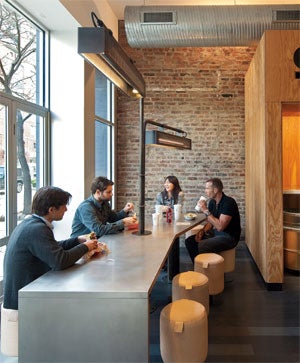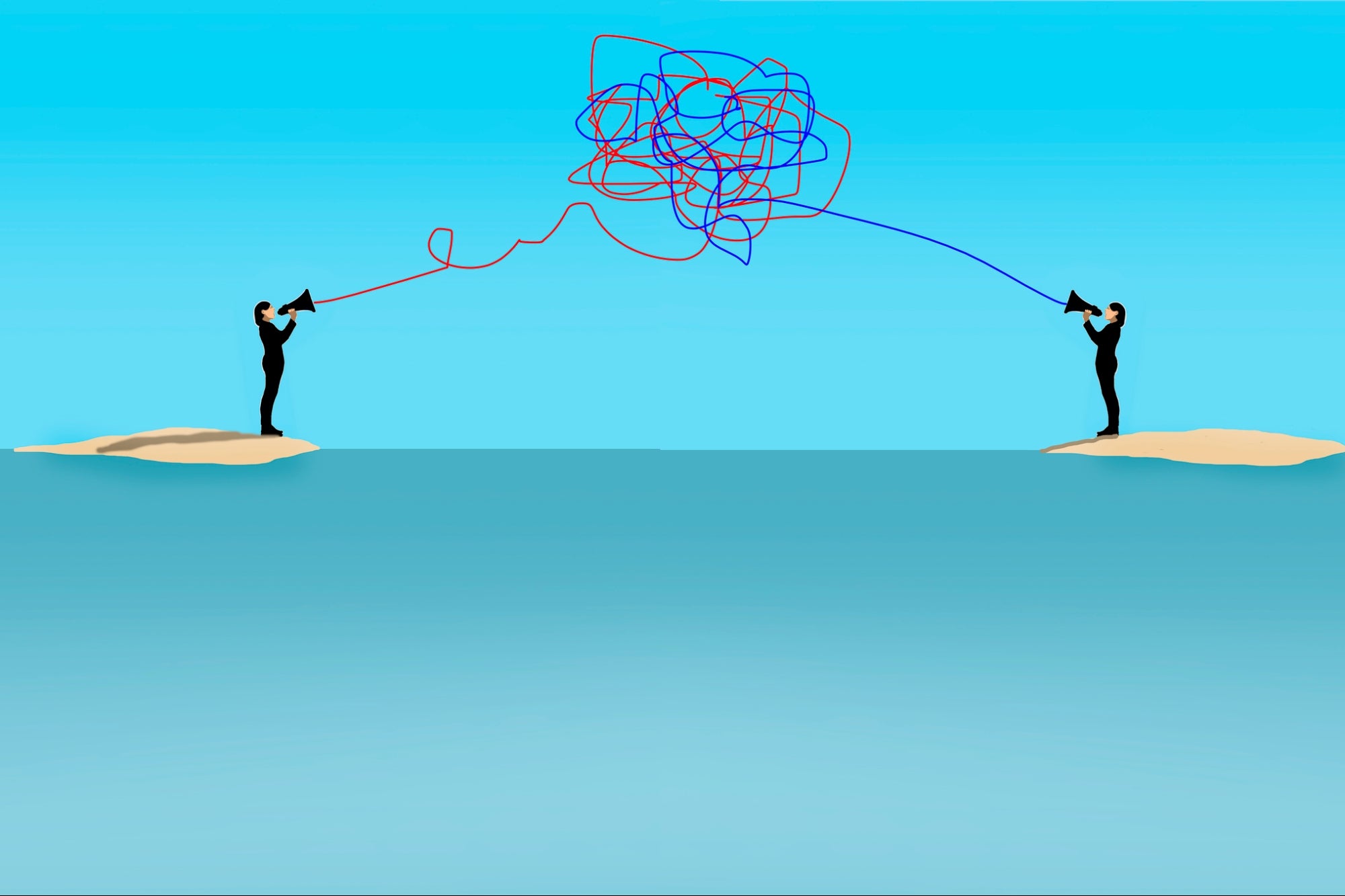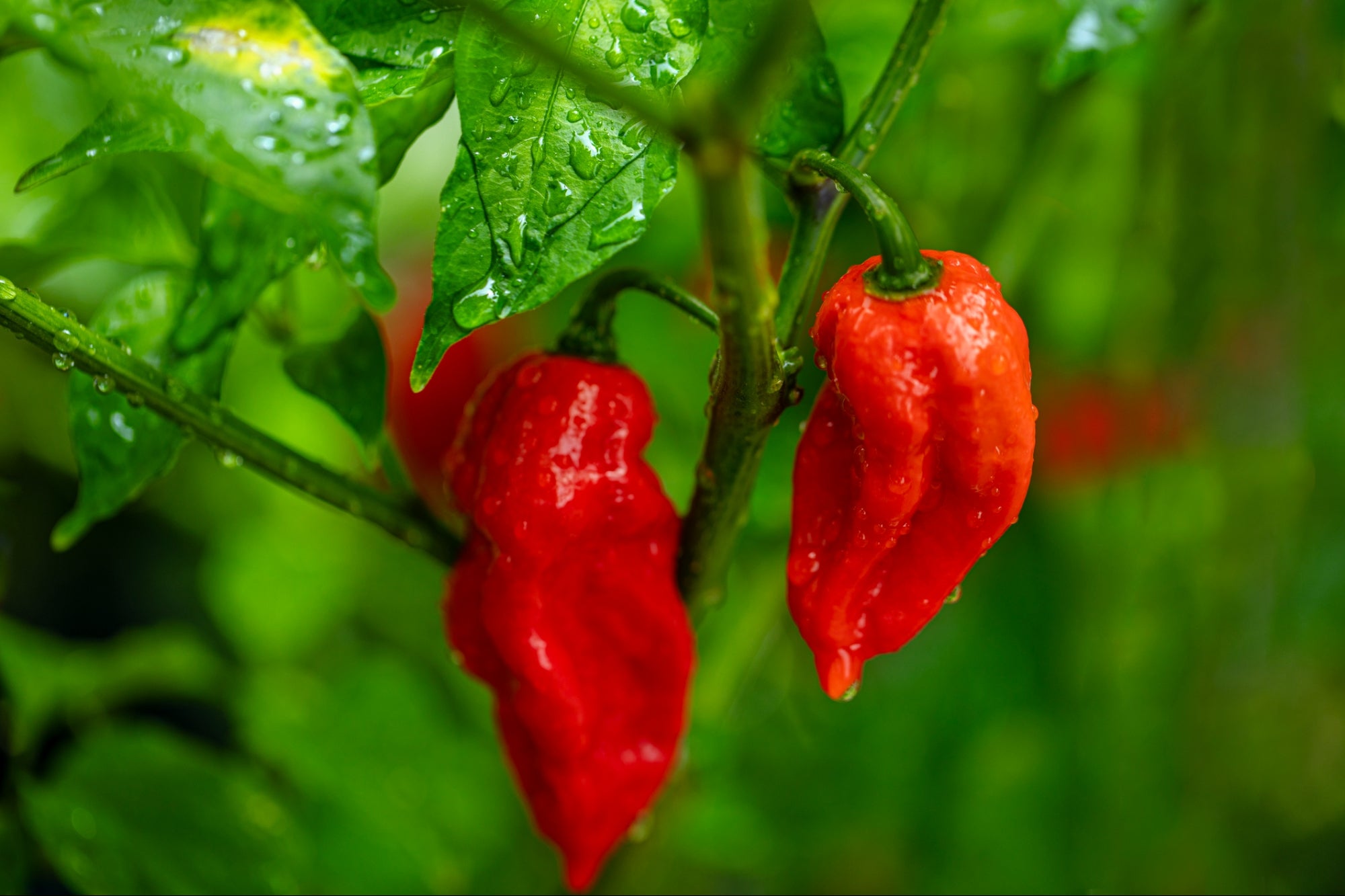What You Can Learn From the Simple Brilliance of Chipotle's Design The fast food Mexican grill franchise sets a standard for modern restaurants.
Opinions expressed by BIZ Experiences contributors are their own.
Walk into any of the nearly 1,500 Chipotle Mexican Grill restaurants, and one thing immediately becomes clear: This doesn't look like all those other places.
That look is no accident. The distinctive Chipotle design--a spare, industrial motif marked by concrete floors, exposed piping, natural colors and ample use of plywood and stainless steel--reflects a company culture that champions the basics.
At Chipotle customers order from a pared-down menu of tacos and burritos, then watch the kitchen staff prepare their meal from fresh, sustainably raised ingredients. "We don't say on the menu board that we have fresh guacamole," says founder and co-CEO Steve Ells. "As a customer, you can see it being made right in front of you."

When Ells opened the first Chipotle 20 years ago in Denver, he was determined to make the 880-square-foot restaurant's design as transparent as its service. That he had raised just $85,000 to start his business surely contributed to the ultimate industrial look. "There was not a lot of money for a lot of flourishes," he says. "We had to make use of some very basic materials but have those materials speak to this brand that I was creating."
Ells fashioned the original light fixtures from metal junction boxes and a porcelain lamp holder containing a single halogen bulb, parts he bought from a local hardware store. "You see the raw ingredients," Ells says. "Then you elevate these raw ingredients, hopefully into something special. I took a lot of care in putting these things together. I was not an architect, but I tried to put them together as carefully as possible to build an environment that had some sort of design quality to it."
If it's fair to say that Chipotle's design has followed its food; it's worth noting that its founder is a major-league foodie. A graduate of the Culinary Institute of America, Ells cooked in San Francisco under chef Jeremiah Tower, considered by many the father of New American cuisine.
Ells aspired to run his own full-scale restaurant, but he figured he'd first open a fast-food "cash cow" (his words) to help finance the venture. "My perspective was influenced by what I had learned at the Culinary Institute," he says. "The focus was on local, sustainable, organic, seasonal ingredients. That's all part of the DNA that helped me formulate what I thought about food."
Ells' interest in sustainability--in building materials as well as farming practices--has only grown over the years. The Chipotle in Gurnee, Ill., became the first restaurant to achieve platinum LEED certification (the highest rating) from the U.S. Green Building Council.
In the ferociously competitive fast-food market, Chipotle's design has set it apart and forced rivals to reconsider the look of their own restaurants. Last fall a Huffington Post story contained this breathless hosanna: "What Goethe was to German literature in the 19th century and Picasso was to European painting in the 20th century, Chipotle is to chain-restaurant décor today: the one model whose influence no rival is able to shirk."
About five years ago Ells enlisted Thaddeus Briner of New York firm Architecture Outfit to reimagine the Chipotle look. Starting with a 2,500-square-foot prototype in midtown Manhattan, Briner sought a design that was simple yet precise--like the restaurant itself. He incorporated white subway tiles, perforated light valances and plywood boxes to hold speakers, lighting and condiment stations--all elements that have become standard throughout the chain.
At Chipotle you won't find signs telling you where to stand in line or pay for your meal. The design itself tells you where to go and makes efficient use of space--essential qualities in tight urban locations. Thoughtfully considered elements include a combination of stools for quick bites and tastefully lit banquettes that encourage lingering.
In the end, Briner says, the minimalist design reflects an effort to stay true to Chipotle's upfront method of food preparation. "It's similar to the architecture," he says. "We're not hiding behind a lot of stuff. There's a real care for detail, just like they have care for detail with food. We're really just trying to align our vision with Chipotle's vision."










